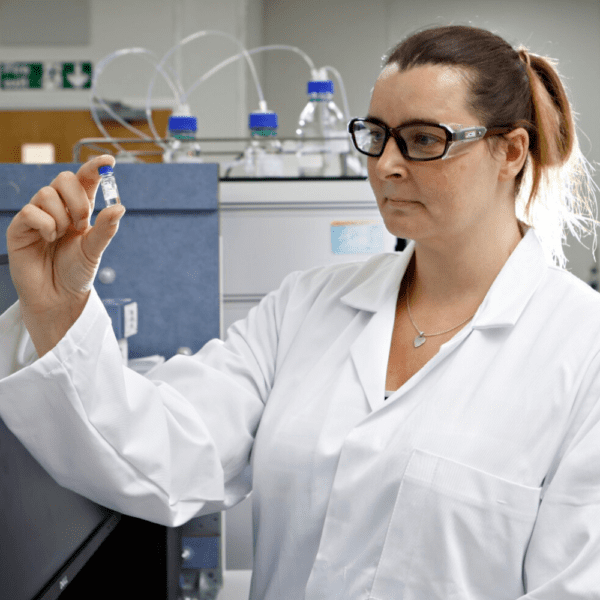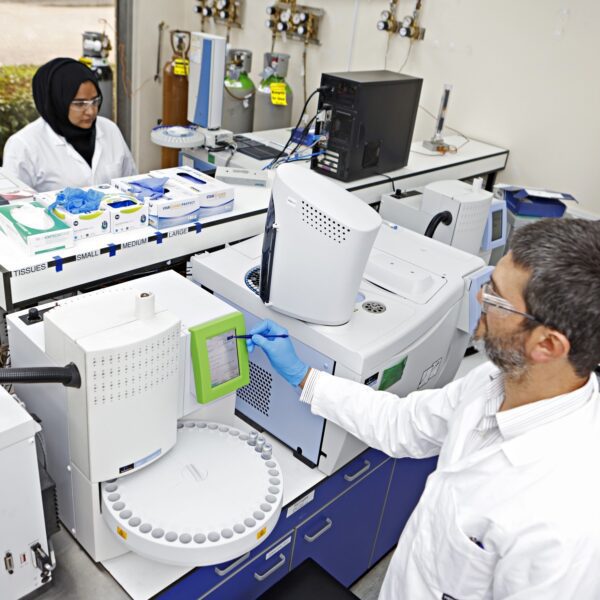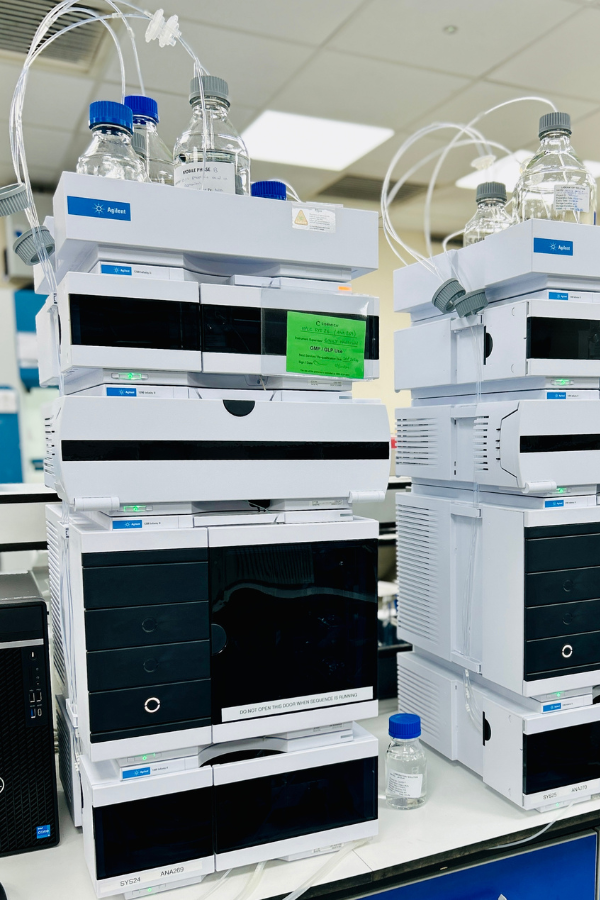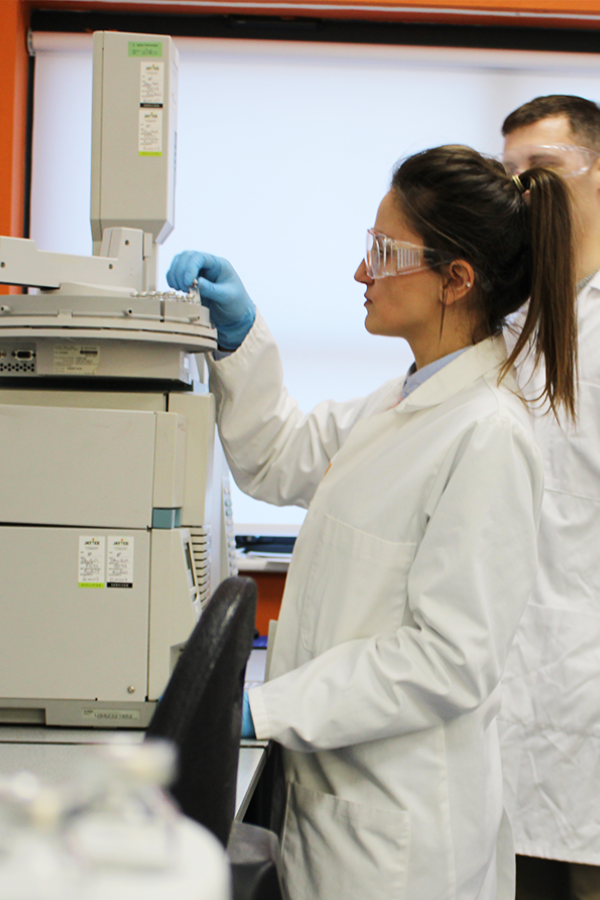Extractables and leachables
Packaging, storage and distribution of products are important parameters to investigate when seeking to understand the quality of your product and its potential to introduce unwanted substances to the human body. We can offer a comprehensive suite of testing to support your assessment of biocompatibility, encompassing drug products, medical devices, advanced wound management, and a wide range of proprietary products.
Extractables and Leachables
As part of Biocompatibility risk assessment of a medical device, typically Extractables and Leachables levels are assessed. Leachables assessment includes simulating the clinical use of any medical device to establish what potential materials the patient can be exposed to during its use.
Extractables profiles are assessing any materials released from a medical device under exaggerated clinically relevant conditions and these are considered worse case scenarios of exposure.
Those compounds E&L include any volatile, non-volatile, semi-volatile organic compounds as well as inorganic materials, based on their relevance to the medical device, packaging, materials of construction and manufacturing processed.

Extractables and leachable studies require thorough planning and high level of understanding of the intended use of the medical device, materials of construction as well as the patient group.
Those studies are typically screening studies and are intended to identify and quantify any expected and unexpected materials released during the simulated conditions on the specific medical device.
The materials released are further assessed by a toxicologist to evaluate their potential toxicity and if there are any risks associated with the intended use of the medical device. If any potential toxicity risks are identified re-assessing the manufacturing processes or additional testing may be considered at this stage.
Experts in Extractables and Leachables
Extractables and Leachables Capabilities
- GMP and GLP accredited; FDA inspected
- Method development, establishment, verification, and validation to GMP and GLP
- Method transfer to and from customer laboratories, Third party transfers
- Quantitative methods / Limit tests / Qualitative methods
Wide range of analytical techniques
- HPLC / uHPLC
- UV, PDA, Fluorescence
- ELS, RI, CAD, MS, MS/MS
- Gas Chromatography
- Liquid, Headspace, Solid-phase microextraction
- FID, MS, MS/MS
- Ion Chromatography (anions, cations, sugars)
- ICP-OES and ICP-MS
- FT/IR
- SEC/GPC
- TOC


Regulations and study design
There are several guidelines that can be used for studies. The choice of guidelines will depend on the type of product and on the requirements of the regulatory bodies to which the biocompatibility data is going to be submitted.
ICH, USP <1663> /<1664> and ISO 10993 provide guidance on testing for extractables and leachable analysis.
ISO 10993-18: Biological evaluation of medical devices — Part 18: Chemical characterization of materials, is the key reference standard for assessing the biocompatibility of the chemical nature of medical devices. This standard provides a risk assessment framework, as well as guidance on the appropriate workflow for the specific device or product.
Cormica have extensive experience in performing E&L studies and have tested a wide variety of products using the techniques listed in the table below. An accumulation of all of these techniques is required to get a full picture of the behaviour of samples, when subjected to varying extraction conditions.
| Technique | Volatile Organic Compounds (VOC) | Semi-Volatile Organic Compounds (SVOC) | Non-Volatile Organic Compounds (NVOC) | Non-Organic Compounds (Elemental Impurities/Metals) |
|---|---|---|---|---|
| ICP-MS/OES | ✔ | |||
| uHPLC-QTOF | ✔ | ✔ | ||
| GCMSD | ✔ | |||
| HS-GCMSD | ✔ |

